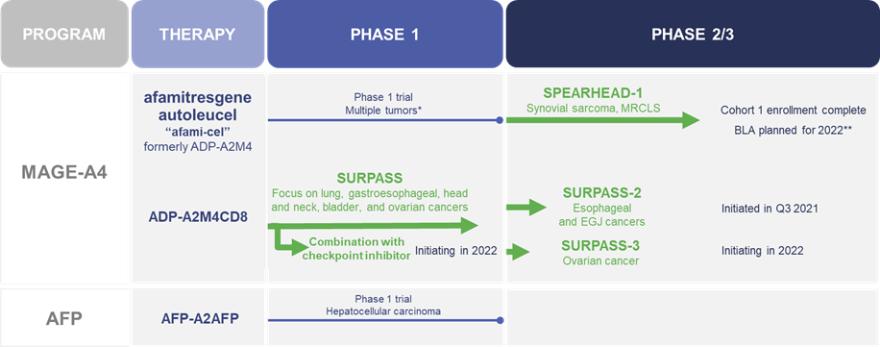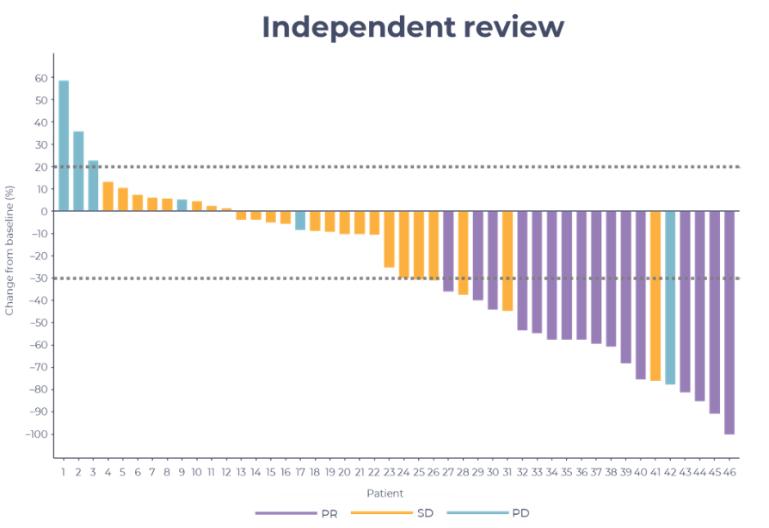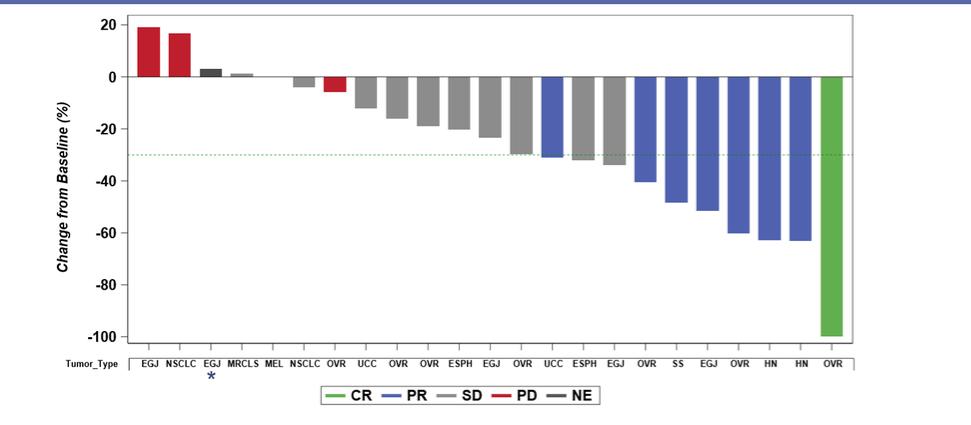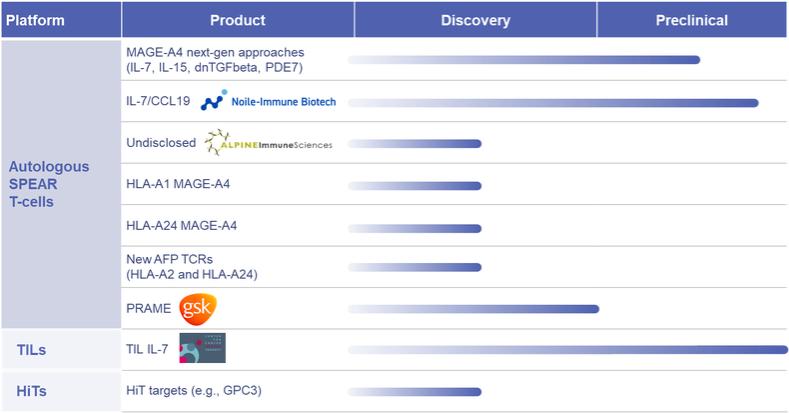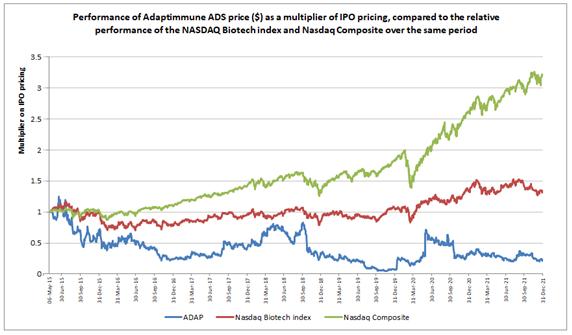devices must generally include the results from extensive preclinical and adequate and well-controlled clinical trials to establish the safety and effectiveness of the device for each indication for which FDA approval is sought.
Successful PMA approval is uncertain, and the FDA may ultimately respond to a PMA submission with a not approvable determination based on deficiencies in the application and require additional clinical trial or other data that may be expensive and time-consuming to generate and that can substantially delay approval. If the FDA finds the PMA application is approvable, the FDA typically issues an approvable letter requiring the applicant’s agreement to specific conditions, such as changes in labeling, or specific additional information, such as submission of final labeling, in order to secure final approval of the PMA. If the FDA concludes that the applicable criteria have been met, the FDA will issue a PMA for the approved indications, which can be more limited than those originally sought by the applicant. The PMA can include post-approval conditions that the FDA believes necessary to ensure the safety and effectiveness of the device, including, among other things, restrictions on labeling, promotion, sale and distribution.
Anti-Kickback, False Claims Laws
In addition to FDA restrictions on marketing of pharmaceutical products, several other types of state and federal laws have been applied to restrict certain marketing practices in the pharmaceutical industry in recent years. These laws include anti-kickback statutes, false claims statutes, and other statutes pertaining to health care fraud and abuse. The federal healthcare program anti-kickback statute prohibits, among other things, knowingly and willfully offering, paying, soliciting or receiving remuneration to induce, or in return for, purchasing, leasing, ordering or arranging for the purchase, lease or order of any healthcare item or service reimbursable under Medicare, Medicaid, or other federally financed healthcare programs. Violations of the anti-kickback statute are punishable by imprisonment, criminal fines, civil monetary penalties, and exclusion from participation in federal healthcare programs.
Federal false claims laws prohibit any person from knowingly presenting, or causing to be presented, a false claim for payment to the federal government, or knowingly making, or causing to be made, a false statement to have a false claim paid. In addition, certain marketing practices, including off-label promotion, may also violate false claims laws. Additionally, the Healthcare Reform Act amended the federal false claims law such that a violation of the federal healthcare program anti-kickback statute can serve as a basis for liability under the federal false claims law.
Other federal statutes pertaining to healthcare fraud and abuse include the civil monetary penalties statute, which prohibits the offer or payment of remuneration to a Medicaid or Medicare beneficiary that the offeror/payor knows or should know is likely to influence the beneficiary to order a receive a reimbursable item or service from a particular supplier, and the healthcare fraud statute, which prohibits knowingly and willfully executing or attempting to execute a scheme to defraud any healthcare benefit program or obtain by means of false or fraudulent pretenses, representations, or promises any money or property owned by or under the control of any healthcare benefit program in connection with the delivery of or payment for healthcare benefits, items, or services.
Other Federal and State Regulatory Requirements
Various federal, state and local laws, regulations, and recommendations relating to safe working conditions, laboratory practices, the experimental use of animals, the environment and the purchase, storage, movement, import, export, use, and disposal of hazardous or potentially hazardous substances, including radioactive compounds and infectious disease agents, used in connection with our research are applicable to our activities. They include, among others, the U.S. Atomic Energy Act, the Clean Air Act, the Clean Water Act, the Occupational Safety and Health Act, the National Environmental Policy Act, the Toxic Substances Control Act, and Resources Conservation and Recovery Act, national restrictions on technology transfer, import, export, and customs regulations, and other present and possible future local, state, or federal regulation.
European Union, UK and Rest of the World Regulation
In addition to regulations in the U.S., we are subject to a variety of regulations in other jurisdictions both due to the location of our facilities and the fact that we are engaging in clinical programs outside of the U.S. and will need to obtain worldwide regulatory approval for our TCR therapeutic candidates. In particular we have clinical trials ongoing in
